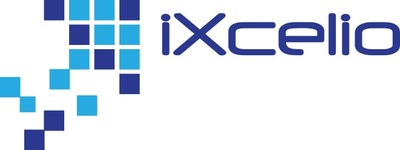The combination of traditional know-how and new technology extends what is possible

In recent years a range of support services have experienced rapid development on system support and technology. The drivers for the best solutions have always been the combination of deep understanding of the basics within the function in combination with what is possible to develop on the technology side. Companies often possess the former, but are often lacking the latter.
The development of great technological or digital solutions for customers or users always require a thorough understanding of the user’s needs and wants, as well as what’s possible to develop within a reasonable timeframe. The optimal situation is of course that all the user’s needs & wants can be met with the available technology, but that is rarely the case. Most times the final solution will be a compromise between what is “practicable” and the customer’s wishes. But, what exactly is the user’s wishes? How do you know what the need really is when starting out?
Most development or design projects develop design specifications based on selected users’ input. Input from subject matter experts are often moderated or discarded by experts in the technology available. Is this good enough? In order to know exactly what the “optimal” is for the future user of the solution, to the users often have to see the possibilities in front of them to trigger their imagination – a prototype or an example . The effect of using prototypes or example solutions in developing specifications is that new ideas are triggered and users see new “needs” they did not know they had. A great example of this is when brand new and “revolutionary” products come on to the market and instantly become a “must have”, which in turn drives the development of new products in the same niche. The best example of this is the launch of the first iPhone for almost 10 years ago which created the smartphone “niche” and killed the traditional cellphone.
The same is true for the development of “internal products” for use in the support services of a company. In the vast majority of cases the users do not know what is possible, and those who know do not know what is possible to develop. In many cases, also the complexity of development for new systems and solutions are so great that it is not possible to adjust the direction and solutions along the way in the development. In these cases the MVP-approach (minimum viable product) can be an option. Developing a base set of solutions, paired with a demo of other, possible solutions and release it to the users for testing and for triggering the generation of ideas for future need. The solution can be used and tested, but needs to have the possibility of extensions and add-ins as users come up with new ideas and needs. Great examples of this can be seen in the development of apps and games and SaaS services where the initial launch is with basic features only and that all development is done based on ideas and needs generated from the users. A case study for this is last summers great hype; Pokemon GO. A highly advanced and extensive game with more than 50 million users but who started out with a very basic set of features and has now had a total of over 20 updates since the first launch.
Maybe developers should find the platforms that can deliver both advanced and robust solutions, but that does not require a tremendous amount of resources and costs to update and develop…? And maybe companies looking to enhance their service level on the support functions of their organization should look at lesser advanced features and develop more as users generate ideas and real needs?
Posted on: March 10, 2017, by : iXcelioadmin